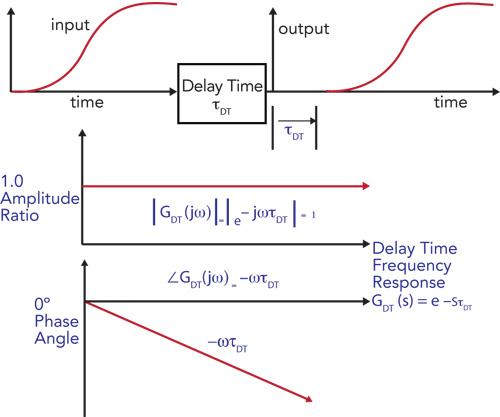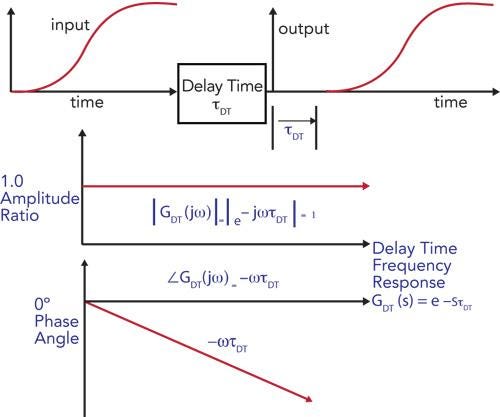Understanding Time Delays Is Essential in Engineering Systems
July 5, 2012

We experience it every morning as we struggle to find the right water temperature in the shower. Time delays are everywhere -- they arise in engineering, biology, physics, economics, and the environment.
As engineering systems become more complex, multiple sensors, actuators, and controllers introduce multiple delays, particularly in interconnected and distributed systems. In a dynamical system, changes cannot be effected instantaneously, and so an otherwise correct control decision applied at the wrong time could result in catastrophe. From our first exposure to feedback control systems, we are taught always to conserve phase. What is the relationship between time delay and phase? How are they related to the stability of a feedback control system? Does time delay always degrade the performance of a feedback control system?

Time delays arise in control systems from delays in the process itself (represented by time constants τ and natural frequencies ωn in transfer functions), from delays in the processing of sensed signals, and from delays in the implementation of a digital control system as a result of sample-and-hold, calculation, and velocity estimation, where the total time delay can be between one and two times the sample period.
The input-output time delay shifts the signal in time and is shown in the figure above. The frequency response of a time delay is exact with a magnitude of one and a phase angle that decreases linearly with frequency. A greater time delay corresponds to a more rapid increase of phase lag with frequency.
About the Author(s)
You May Also Like



